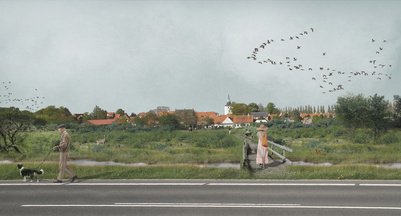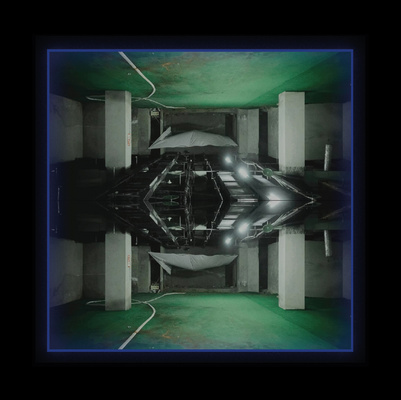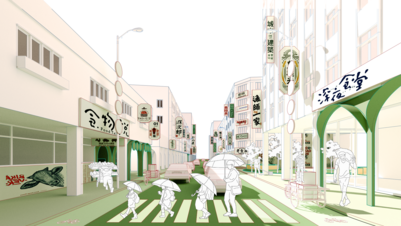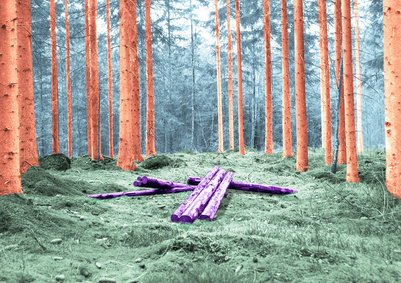Name
Luca Fauciglietti
Education degree
Master
Subject area
Architecture
Study programme
Urbanism & Societal Change
Year
2021
With the argument that “ground, not building shell, is the most significant feature of contemporary space” the intention of ‘Automated Landscapes’ is to free the logistical processes from their architectural boundaries, unboxing the fulfilment centre into an integrated flow of goods, people and ecology in a constantly morphing landscape.
The Royal Danish Academy supports the Sustainable Development Goals
Since 2017 the Royal Danish Academy has worked with the Sustainable Development Goals. This is reflected in our research, our teaching and in our students’ projects. This project relates to the following UN goal(-s):
Industry, innovation and infrastructure (9)
Sustainable cities and communities (11)
Responsible consumption and production (12)
CV
CV Title
Telefon
No phone available
Email
Education & Relevant Courses
2019
2021
Master of Architecture, The Royal Danish Academy, Ubranism & Societal Change
Working on a range of scale, from the nation to the city, I am currently working at the threshold between research-based thinking and architectural design as a means of dealing with tomorrow’s societal challenges: from the advent of electric and autonomous driving to the democratisation of energy production, to the rise of freelance work and new paradigms of living.
2014
2017
Bachelor of Arts, Kingston School of Art, Architecture
I mastered and expanded both my analogue (hand drawing, model-making and photography) and digital skills (computer-generated drawings, laser cutting, photo editing and document layout). By working in a studio of 20 people, I improved my interpersonal skills and the ability to thrive in teams as I’ve often taken a leadership position.
Professional Work Experience
2020
2021
GAO
Dumpling bar with informal seating and takeaway options.
• Offered a welcoming environment by greeting customers with a smile (under the
mask) and friendly comments;
• Answered the phone, took orders, cooked and packaged food for takeaway;
• Monitored the seating areas, ensuring the restaurant was always clean and tidy, and
social distancing rules were respected.
2018
2019
Stanton Williams Architects
I have been working primarily on cultural big scale projects. From competition level to Stage 4. I was involved primarily on the renovation and expansion of a Grade II* listed building in Oxford. Having followed it through from initial design phase to Stage 3. I’m learning the digital/analogue approach of the office by generating quick 3D virtual reconstructions and renders in parallel to numerous detailed and massing models. Careful consideration of joining details and materials are key in every design conversation, thanks also to numerous projects visits.
2017
2018
31/44 Architects
I have mainly worked on residential projects at different scales and design stages: on initial design proposals, organising and submitting planning applications, collaborating with clients, consultants and other professionals, as well as producing detailed tender drawings and schedules. I have been making numerous models varing in scale from 1:500 to 1:20 and renders throughout the year as well as design booklets for Open House for n49, Red House and Park House.
Language skills

































